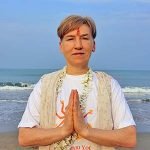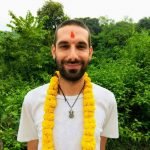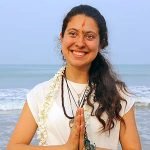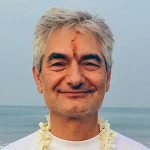A very good 200 hour YTTC! I expected this course to be a spiritual one, and yes! It was! We had a wonderful homa fire ceremony at the start, learned great mantras to chant, and also how to use yoga asanas and pranayama for pratyahara. I gained more clarity in my mind and my positive thinking has improved. Thank you. It was a great course which truly came from the heart of everyone. Wonderful teachers and wonderful location!

Stefanie Logemann
200 Hour YTTC Student
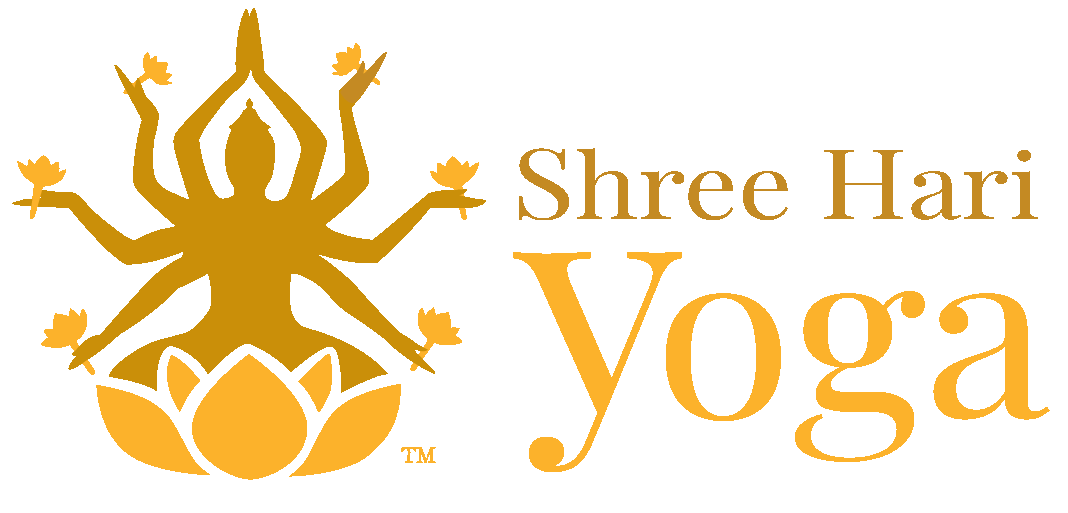


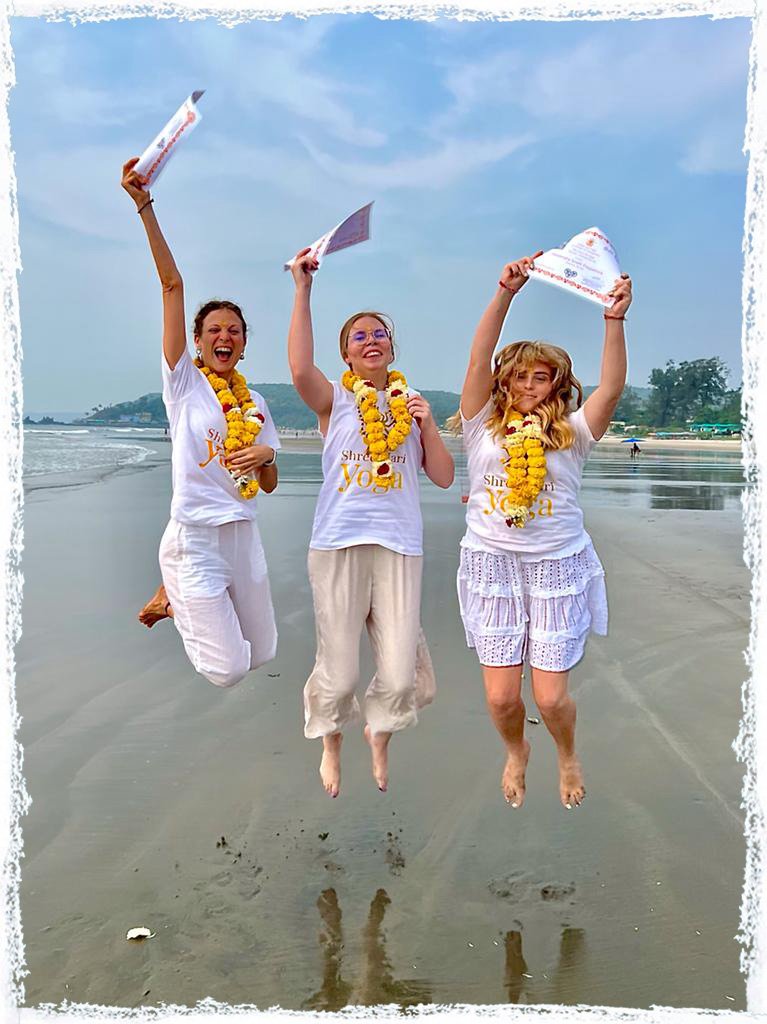
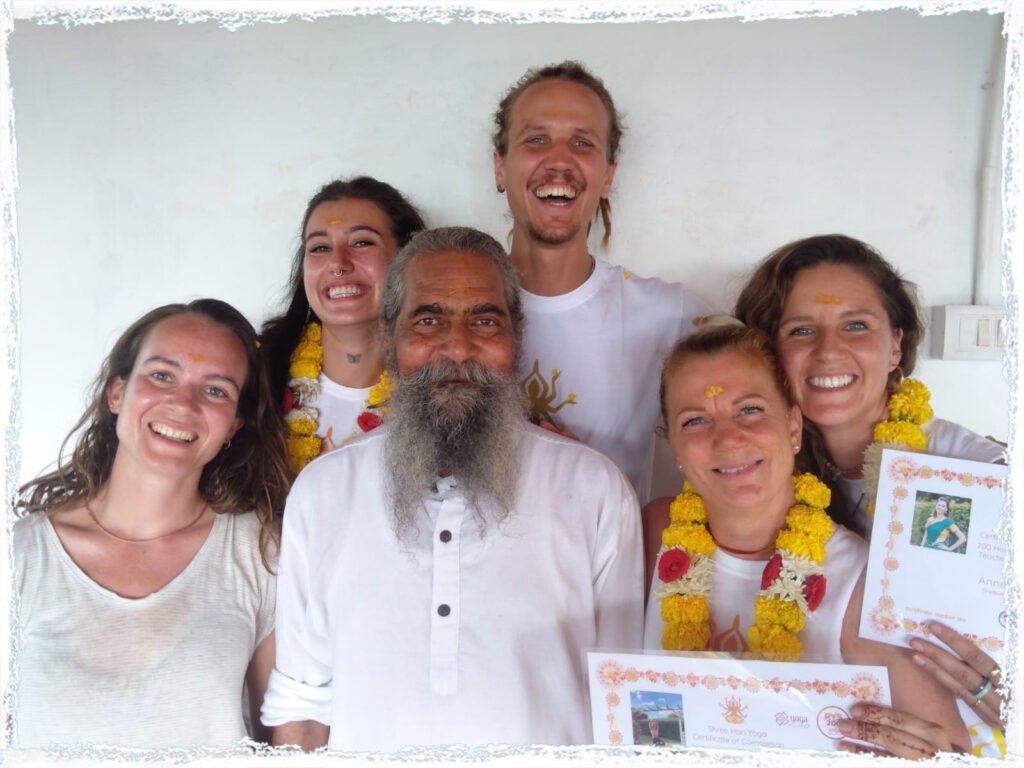
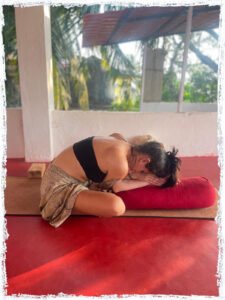 ting the body’s ability to defend against illnesses and infections.
ting the body’s ability to defend against illnesses and infections.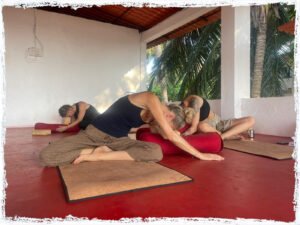 lymphatic system, facilitating the removal of toxins from the body and supporting detoxification.
lymphatic system, facilitating the removal of toxins from the body and supporting detoxification.


